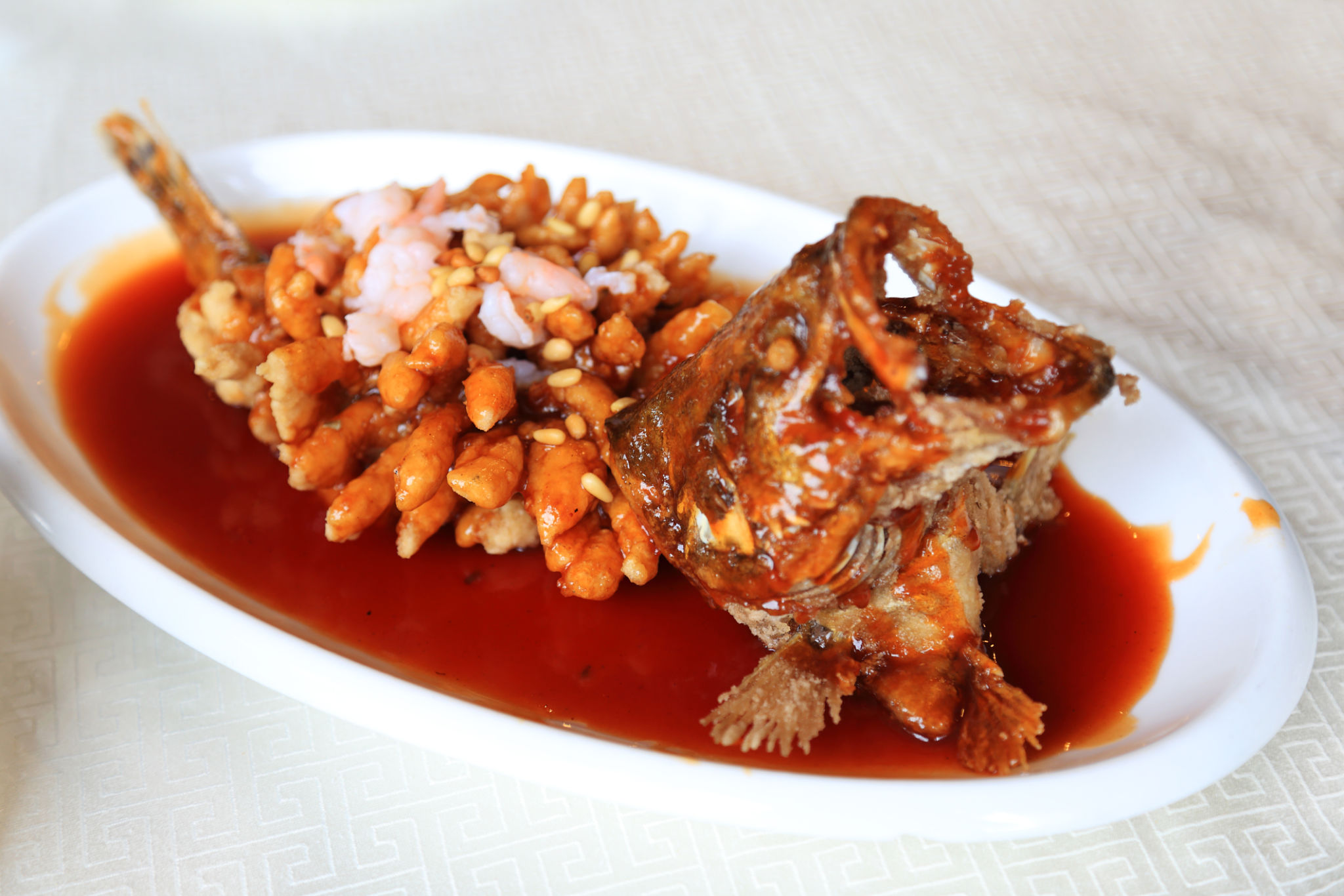Understanding the Flavors: A Beginner's Guide to Suzhou Cuisine
Introduction to Suzhou Cuisine
Suzhou, a city known for its classical gardens and canals, is also renowned for its unique culinary offerings. Nestled in the Jiangsu province of China, Suzhou cuisine is a vital part of the larger Jiangsu culinary tradition, celebrated for its delicate flavors and artistic presentation. For those new to this gastronomic delight, understanding the flavors of Suzhou cuisine can be an exciting journey.
Characterized by its mild sweetness and focus on fresh ingredients, Suzhou cuisine offers an array of dishes that highlight the natural taste of its components. The cuisine’s emphasis on seasonal ingredients ensures that diners experience the best of what nature has to offer.

Signature Ingredients
Suzhou cuisine makes extensive use of local ingredients, particularly freshwater fish and crustaceans from the Yangtze River. Another staple is the use of rice flour and wheat, which form the basis of many traditional dishes. Vegetables are often used to balance the richness of other components, with bamboo shoots, water chestnuts, and lotus roots being popular choices.
The use of soy sauce, sugar, and Shaoxing wine is prevalent in Suzhou cooking, contributing to the characteristic sweet and savory flavor profile. These ingredients are expertly combined to create nuanced tastes that are both subtle and satisfying.
Popular Dishes
Exploring Suzhou cuisine means indulging in some of its most beloved dishes. Here are a few must-try options:
- Squirrel-shaped Mandarin Fish: A visually stunning dish, the fish is deep-fried to a golden crisp and topped with a sweet and sour sauce.
- Sweet and Sour Spare Ribs: A classic example of Suzhou's flavor profile, these ribs are tender and coated in a sticky glaze.
- Yangcheng Lake Hairy Crab: A seasonal delicacy prized for its rich roe and delicate meat.

Cooking Techniques
The techniques used in Suzhou cuisine are as important as the ingredients themselves. Stir-frying and steaming are common methods that help retain the natural flavors and textures of the food. Braising is also frequently used to infuse dishes with rich flavors over time.
Presentation plays a crucial role in Suzhou dishes. The aesthetic appeal is considered almost as important as taste, with chefs often spending considerable time arranging dishes to reflect the beauty of nature.
Dining Experience
Dining in Suzhou offers an immersive sensory experience. Meals often begin with a selection of cold appetizers, such as marinated vegetables or preserved eggs. The main course is typically accompanied by rice or noodles, providing a comforting base for the diverse flavors presented.

Suzhou is also home to bustling street food markets where visitors can sample a range of snacks that showcase local flavors. From savory dumplings to sweet pastries, there’s something for every palate.
Conclusion
Whether you’re enjoying a fine dining experience or exploring street vendors, Suzhou cuisine offers a journey through flavor and tradition that captivates both the taste buds and the eyes. Its delicate balance of sweetness and savory notes makes it accessible yet intriguingly complex for culinary explorers.
Understanding and appreciating the flavors of Suzhou cuisine can open up a new world of gastronomic enjoyment, inviting you to experience the harmonious blend of nature’s bounty and human artistry.
